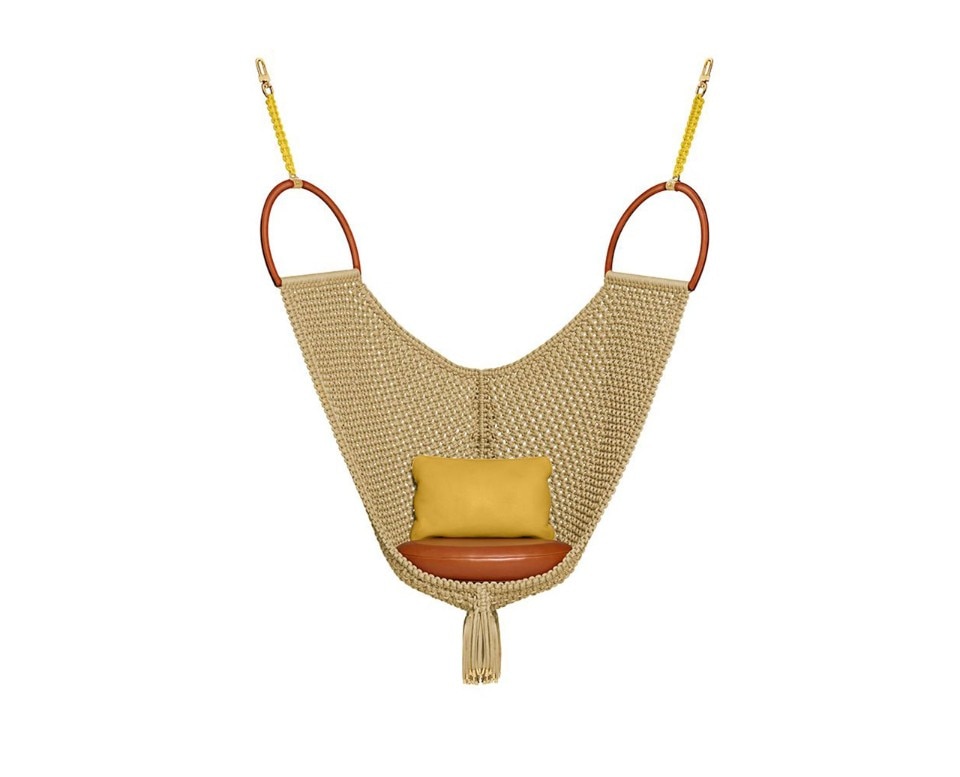A piece of furniture for contemplation, if one can say so. But also one of the most flexible furniture thanks to the ability to fold and be transported to where the needs or the whim take us. And yet, the thousand virtues of the hammock are not relegated either to its adaptability or to the most obvious feature to offer an improvised lounge perfect for relaxation. Let’s consider its ergonomic nature, perhaps the most unrecognised: the hammock allows for a rest that is able to adapt perfectly to the needs of the body, preserving the health of the spine and the good functioning of the circulation.
It is among the populations of Central and South America that the hammock was born as a practical invention to overcome the adversities of the climate: attached to tree trunks, it represents an inventive solution to allow you to sleep in the cool, sheltered from insects and snakes that populate the soil. It was Christopher Columbus, it is said, who brought back to Europe the custom discovered in America, introducing it since the first voyage back as a bed for sailors, saved from a night rest that without any comfort used to take place on the ground, in a very unhealthy promiscuity between men, animals and dirt.

The most classic model of hammock, initially made from a derivative of agave leaves, the sisal, but now almost always made of cotton, is still largely produced between the Yucatan Peninsula and Colombia, at best respecting ancestral craft techniques. And yet, this world-famous archetype has given rise over the years to an explosion of models, including industrial productions with new, technological materials, together with new configurations and typologies, such as for example the free standing mode or the countless components that can enhance our comfort and experience. What doesn’t change, however, is the only feature that keep on distinguishing it from its many competitors: the complete suspension from the ground, which goes together with the oblivion of the world's problems and concerns.

Enveloped by nature
Conca, by Vaselli, is more than just a hydro-massage mini pool; it is an expression of local history and culture.


























